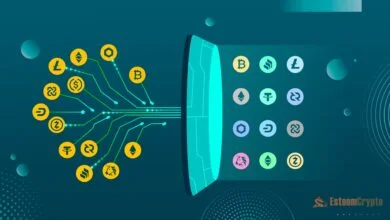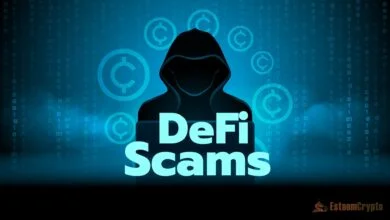DeFi vs. Web3: Key Differences By Esteemcrypto
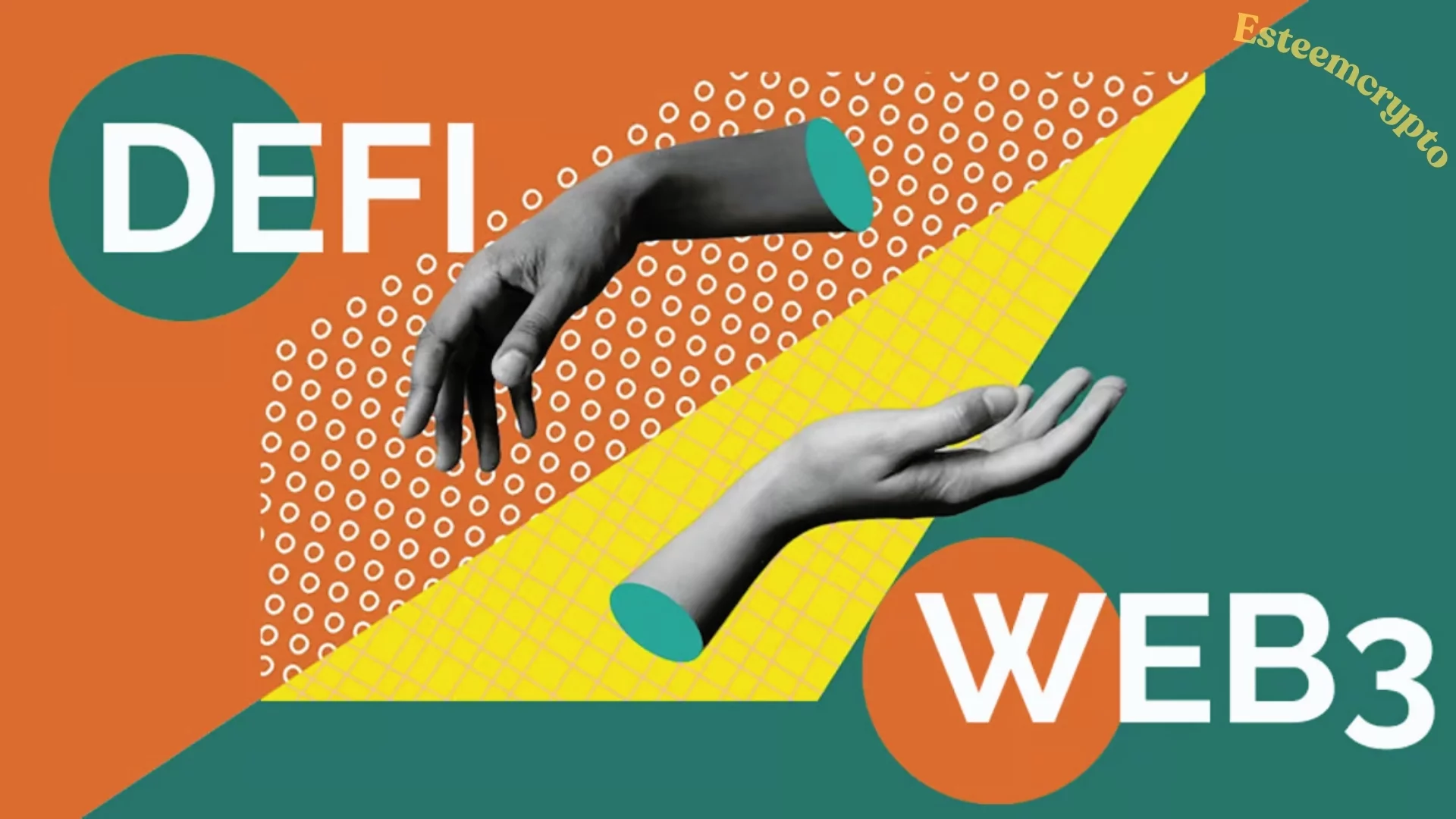
DeFi vs. Web3. The internet is one of the most essential parts of everyone’s lives. Technological progress has revealed new ways of defining human interaction with technology. The DeFi vs. web3 argument illustrates how technological advancements can lead to identifying previously unknown benefits. With its distributed ledger technology, blockchain introduced a new way to store information and conduct transactions online.
As a result, programmers might devise DeFi to facilitate the direct use of financial services, cutting out intermediaries. While contrasting web3 with DeFi, it becomes clear that blockchain technology is the best option for web3 decentralization. In this piece, Esteemcrypto reviews the similarities and differences between DeFi and Web3 and provide a comprehensive overview.
The Arrival of Web3 and DeFi
Since its inception, the internet has seen continuous improvement, and it is now the most widely utilized technology in the world. By thinking about the evolution of the internet, you may get a clearer picture of the differences between DeFi and Web3. The first version of the World Wide Web, accessible to the general public, was called Web 1.0. When the internet began, it had rudimentary websites and apps that provided information. The dot-com boom and its impact on growth generation were both laid down by the advancements in Web 1.0.
Web 2.0, the next generation of the Internet, introduced a more user-focused and participatory platform. Web2 offered a new interactive web that puts the user first and allows them to contribute and create content. Web 2.0 is where most popular websites like Facebook, YouTube, Instagram, and Twitter first appeared. However, web2’s centralized designs and rent-based economic models are an issue.
Web3 is the next step in developing the internet; it employs blockchain technology to create experiences that are genuinely focused on the user. DeFi is a new class of decentralized financial services built on blockchain technology. It features open platforms, financial instruments, and products, offering a fresh perspective on an ever-changing ecosystem. The broader web3 ecosystem includes DeFi as one of its subdomains.
Diving Deeper Into Fundamentals of DeFi
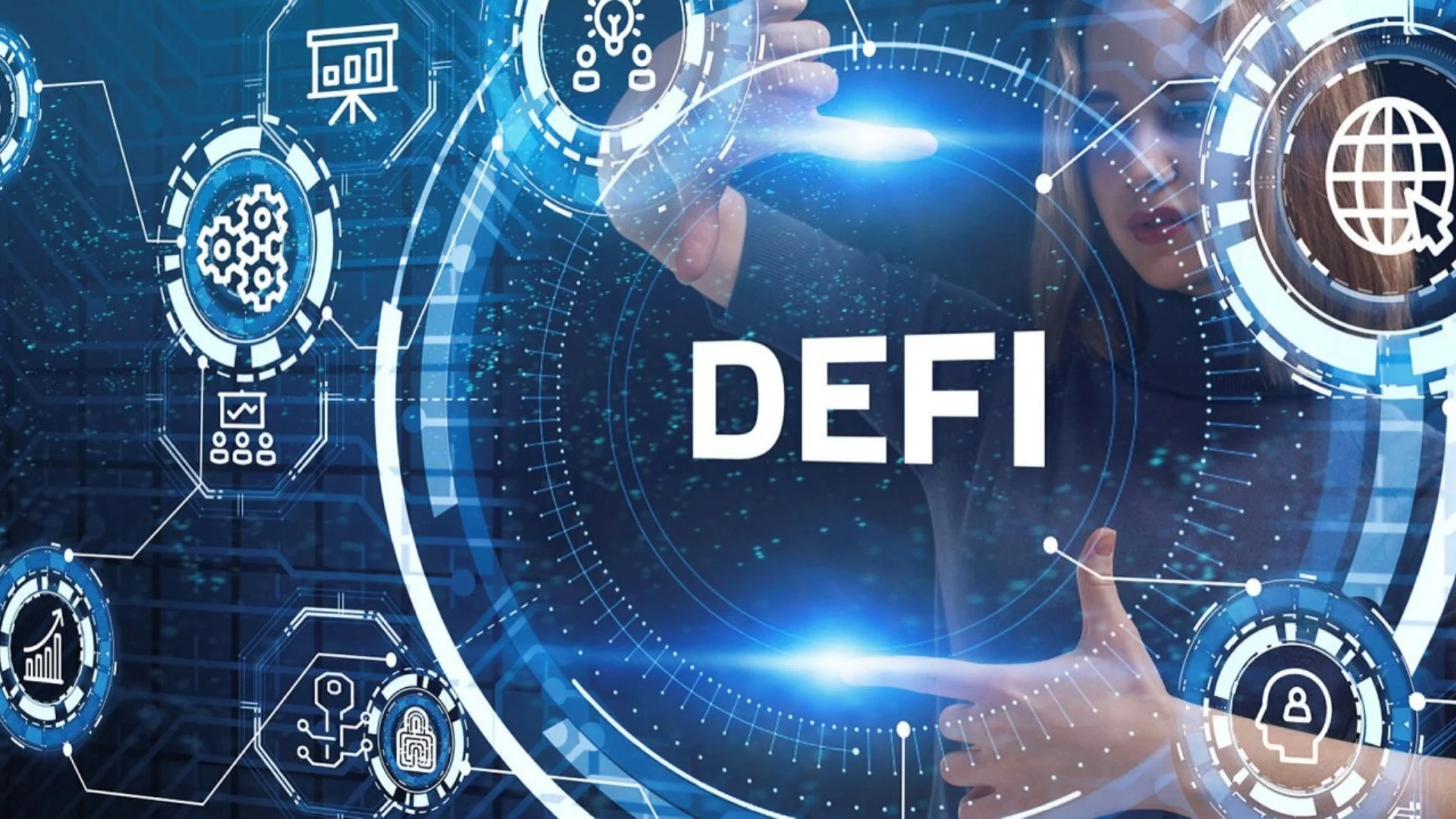
By thinking about the basic definitions of DeFi, you can find better answers to the difference between DeFi and web3. DeFi exemplifies a new kind of web3 financial system that can facilitate innovative value production and utility methods.
When it comes to online experiences, Web3 is a game-changer. The promise of blockchain technology to provide more equitable access to user data is the main point. In addition to providing new ways of looking at value and utility, DeFi has become a new standard for an open financial system. There is a wide variety of services offered by this developing web3 subsector. Users can manage their assets in a non-custodial manner with the help of DeFi solutions, specifically DeFi crypto wallets. Some of the most talked-about DeFi solutions are included here.
One of the most prominent instances of DeFi solutions is decentralized exchanges or DEXs. Non-custodial solutions are offered by DEXs, which provide a peer-to-peer marketplace for consumers to swap crypto assets. The second well-known use of decentralized financial infrastructure is in P2P lending and staking systems.
There are P2P money markets that serve multiple purposes and offer many DeFi-compatible products and services. Decentralized money markets let users borrow, lend, and stake crypto assets using protocol liquidity pools. Synthetic assets are another popular DeFi solution.
Debates between DeFi and web3 have highlighted how DeFi services might be used in cryptocurrency, including but not limited to stablecoins, liquidity provider tokens, governance tokens, and utility tokens, among others. In addition, DeFi raises the prospect of central bank digital currencies being widely used throughout the existing financial system.
Impact of Web3 on DeFi
Concerns about the web3 vs. DeFi contrast have been fueled, in part, by the interaction between DeFi and web3. More value is gained by utilizing Web3 technology, which offers practical enhancements to the safe and decentralized aspects of DeFi. Therefore, DeFi can potentially improve the financial systems’ accessibility, accountability, openness, and trustworthiness.
There has been a flurry of activity in web3 and blockchain due to the meteoric rise in popularity of cryptocurrencies in the last several years. With web3 poised to take the lead as the internet of the future, fresh ideas regarding the role of money in finance have been anticipated.
An important point to consider when comparing DeFi to Web3 is the possibility of web3 assisting DeFi clients. With an expected 5.07 billion users in 2022, internet users will continue growing annually. As a result, the benefits to the DeFi ecosystem in terms of user count would be evident if people migrated to web3.
Remember that cryptocurrencies and other digital assets are quickly gaining traction as payment options. Digital assets, like cryptocurrencies and NFTs, seem increasingly appealing to the younger population. With the increasing need for cashless lifestyles and the rapid advancement of technology, DeFi is poised to become a popular alternative among financial services.
Comparison Between DeFi and Web3
The comparison between DeFi and web3 is a top highlight in tech communities worldwide. You can see the difference between web3 and decentralized finance by looking at their common traits. Some factors explain the connections and differences between web3 and DeFi.
Permissionless
It becomes clear from comparing web3 and DeFi that both technologies are permissionless. The design of Web3 and DeFi prioritizes user accessibility, making them easier to use and more fair for everyone. In a permissionless network, no centralized authority is required to grant access to the network to its users or participants.
DeFi vs. Web3: One of the main goals of Web3 is to establish public blockchain systems that are open to everyone. With just a few clicks, consumers can access their cryptocurrency wallets or any other web-related infrastructure thanks to web3’s permissionless capability.
If you look at the appropriate implementation with developer usage, you can see that DeFi and Web3 differ in the permissionless feature. With its foundation in blockchain technology, DeFi has the potential to provide decentralized access to banking services. However, web3 proposes a more inclusive term encompassing DeFi and other well-known decentralized technologies like NFTs, dApps, and decentralized autonomous organizations.
Decentralization
We can learn more about the decentralization component by comparing DeFi and web3. The capacity of blockchain to introduce decentralization is the main reason for its popularity in the tech sector. Since both DeFi and web3 depend on decentralization, differentiating between the two can be challenging.
According to the notion of decentralization, the DeFi or web3 network would continue to operate independently of any one governing body. The distributed nature of the network nodes that make up DeFi and web3 allows for decentralization. In addition, decentralization must be a design principle for web3 and DeFi.
Web3 eliminates the problems associated with centralized networks by constructing a decentralized and open network using peer-to-peer protocols. Using blockchain technology, DeFi can accomplish decentralization, which may facilitate financial transactions independent of centralized entities such as banks.
Custody of Assets
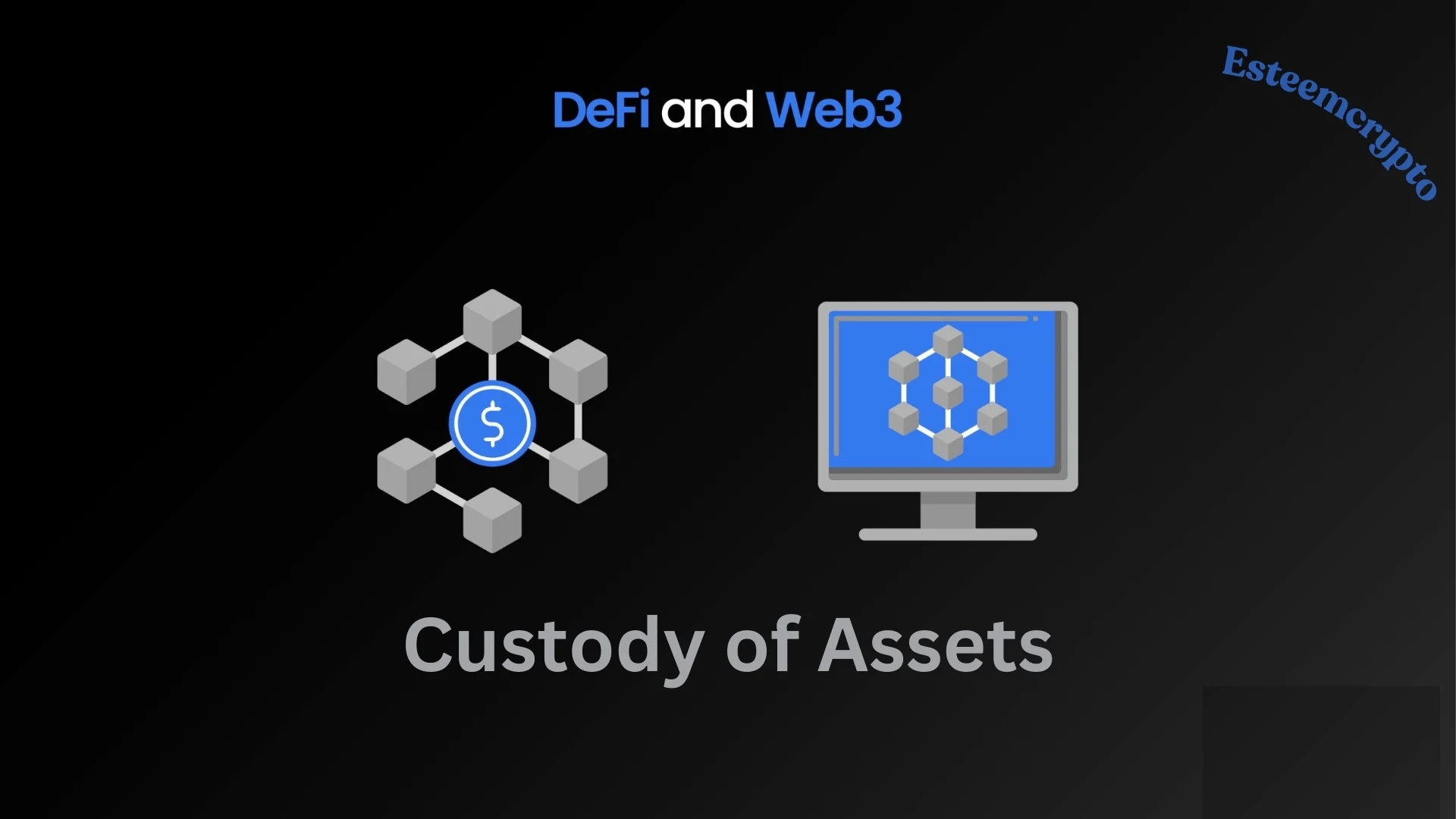
The contrast between web3 and DeFi also highlights the importance of asset custody. Unlike traditional banking systems, non-custodial alternatives do not keep users’ money in a bank or other central bank. Depending on their circumstances, users can maximize the benefits of various financial instruments like lending, staking, and borrowing. Users could withdraw their assets independently of the bank since they wouldn’t have to depend on centralized authorities.
Typically, DeFi programs are not custodial, meaning that users retain full possession of private asset keys. Consequently, owners are free to do anything they wish with their possessions. Conversely, custodial and non-custodial Web3 apps exist for different purposes. The assets and private keys to those assets are kept by a third-party agent or service provider in custodial web3 solutions.
Interoperability
Interoperability is the next key aspect to compare in the web3 vs. DeFi discussion. This indicates that blockchain networks and DeFi protocols can interact with one another. The ability to freely exchange data, tokenized assets, and technological components is another definition of interoperability. Blockchain interoperability is how well different blockchain networks can talk to each other. Remember that DeFi services on different blockchains can show signs of encouraging interoperability.
Economic and Governance System
Economic and governmental institutions are another critical feature that distinguishes web3 from DeFi. Tokenization and asset decentralization are key to DeFi and web3. To guarantee that network participants can shape the systems’ future, various blockchain networks and DeFi platforms employ Proof of Stake technology.
Users may find buying, selling, and investing in digital assets easier if they are fully divisible and fractionalized. For DeFi protocols, the group of programmers working on the project decides on the big picture and how it will evolve. Decentralized Autonomous Organizations (DAOs) are another type of decentralized governance system that you can see in action.
Cryptographic Verification
Cryptographic verification is very versatile, as is demonstrated by the contrast between DeFi and web3. DeFi solutions require verifiable cryptography to implement immutable, irreversible, and tamper-proof systems. This makes it very difficult, if not impossible, to alter, reverse, or forge the records recorded on-chain.
The immutability feature of DeFi and web3 technologies provides the ideal balance of privacy, transparency, and security. For the DeFi and web3 sectors to be viable in the long run, all of the characteristics made possible by immutability are vital. The on-chain documentation and cryptographic safeguards of Web3 blockchain technologies make them tamper-proof. With Web3 solutions, you can rest assured that your blockchain records will be transparent and secure from falsification.
Conclusion
Examining the distinctions between web3 and DeFi reveals their interdependence. The disagreement between DeFi and web3 might be framed as a contrast between fractions and mathematics since DeFi is a subset of web3. As the web has developed, the potential for web3 has skyrocketed in popularity. It offers a fresh perspective on a democratic internet that could deliver uninterrupted service to everyone while protecting their data.
Users can also access various blockchain-based assets using web3 and DeFi. Identifying the shared features of web3 and DeFi is more beneficial than comparing the two concepts.
Also Read: Bonding Curves in DeFi: An Ultimate Guide 2024


